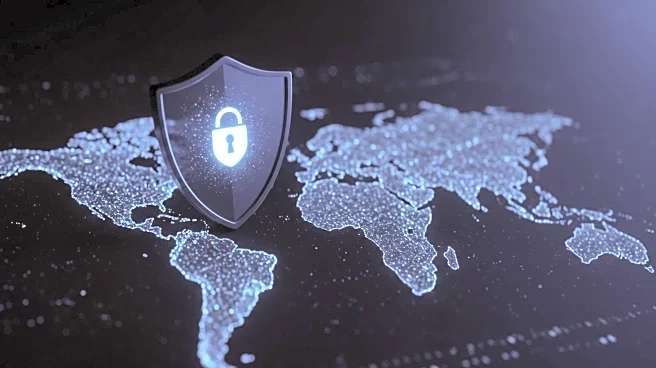What's Happening?
Wiper malware has emerged as a significant threat to industrial systems, particularly in the first half of 2025. Unlike ransomware, which typically demands payment for data recovery, wiper malware is designed to permanently destroy data and systems, leaving no possibility for recovery or negotiation. Recent attacks have targeted critical infrastructure and government networks in Israel and Albania, with malware families such as BlueWipe, SewerGoo, and BeepFreeze causing significant disruptions. These attacks highlight the growing use of wiper malware by state-backed actors and cybercriminals, aiming to sabotage operations and erase evidence. The threat is particularly severe for manufacturers relying on older operational technology systems, as wipers can cripple production and render entire factories inoperable.
Why It's Important?
The rise of wiper malware poses a severe risk to industrial environments where system integrity and uptime are crucial. The destructive nature of wipers can lead to catastrophic consequences, including operational shutdowns, safety risks, and significant financial losses. As geopolitical tensions escalate, wiper malware is increasingly used as a weapon by state-backed attackers, and its integration into cybercriminal toolkits further complicates the threat landscape. Manufacturers and other industrial operators must prioritize cybersecurity measures to protect against these attacks, as the consequences extend beyond financial losses to include reputational damage and potential physical harm.
What's Next?
To defend against wiper malware, manufacturers should implement network segmentation, maintain read-only offsite backups, and employ endpoint detection and response systems. Additionally, incident response planning and threat intelligence monitoring are crucial to mitigate the risks posed by wiper attacks. As the threat evolves, organizations must stay informed about adversary tactics and prioritize cybersecurity controls based on geopolitical risks. The focus should be on treating wiper malware as a core risk rather than a rare exception, ensuring robust defenses to safeguard operations and data integrity.
Beyond the Headlines
The ethical and legal implications of wiper malware are profound, as its use by state-backed actors raises questions about cyber warfare and international norms. The potential for wiper attacks to cause physical harm in industrial settings underscores the need for comprehensive cybersecurity strategies that address both digital and physical security. As wiper malware becomes more prevalent, the long-term shift towards more destructive cyber threats necessitates a reevaluation of cybersecurity policies and practices across industries.












